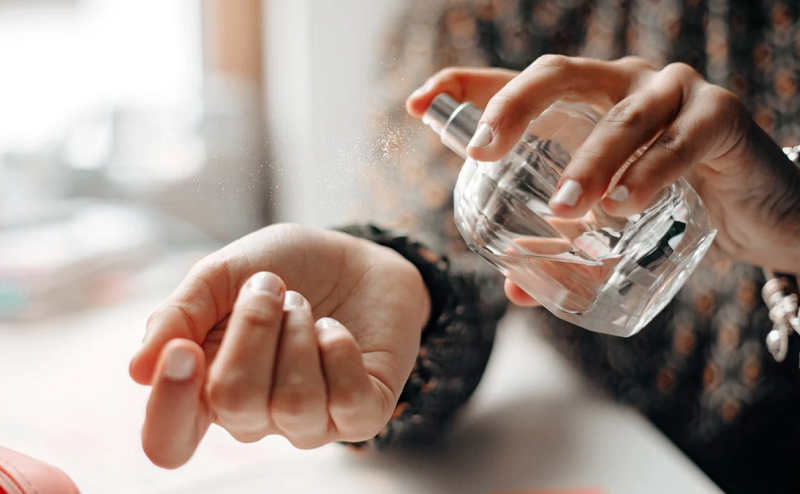When it comes to facial treatments, the array of choices can seem overwhelming. How do you choose the best one for your skin, from chemical peels to microdermabrasion and facials? The answer lies in understanding your skin type and what it needs.
In this article, we’ll take a closer look at the various facial treatment procedures and how each can benefit different skin types.
Understanding Skin Types
Before diving into treatments for skin concerns, it’s important to know your skin type. There are four main types:
- oily
- dry
- combination
- sensitive
Oily skin produces excess sebum, giving it a shiny look and making it prone to acne. Dry skin, characterized by a lack of moisture, typically feels tight and flaky. On the other hand, combination skin exhibits both oily and dry patches. Sensitive skin reacts to many products and can become red and irritated easily.
Oily Skin: Less is More
If you have oily skin, you might think you need harsh treatments to remove the oil. This isn’t the case. Excessive aggressive treatments can deplete your skin’s natural oils, leading to an overproduction.
Opt for treatments that balance oil production without being too harsh. A good choice is a clay mask, which can absorb excess oil and unclog pores.
Regular facials that focus on deep cleansing can also help keep your skin clear and smooth. Avoid heavy creams and oils, which can worsen the problem.
Dry Skin: Hydration is Key
Hydration is your best friend for dry skin. Look for treatments that replenish moisture and help lock it in. Hydrating facials often include ingredients like hyaluronic acid, which can hold a large amount of water. Another beneficial treatment is a moisturizing mask.
Avoid treatments with a lot of alcohol, as it can dry your skin even more. In-office treatments like oxygen facials can also be beneficial, delivering hydration deep into the skin layers. Keeping your skin hydrated helps it look plump and vibrant.
Combination Skin: Target with Care
Combination skin requires targeted treatments. You need to balance the oily and dry areas without aggravating either. Multi-masking is a popular solution.
This involves using different masks on different parts of your face. For example, you can use a clay mask on your T-zone to control oil and a hydrating mask on your cheeks.
Regular facials that include exfoliation can help keep your skin balanced. Choose products that are gentle and avoid those that strip your skin, causing either dryness or excess oil.
Sensitive Skin: Gentle and Soothing
Sensitive skin needs extra care. The best treatments are those that soothe and calm the skin without causing irritation. Look for treatments with ingredients like chamomile or aloe vera.
Gentle facials that avoid harsh chemicals and abrasives are ideal. Patch testing is crucial for sensitive skin to ensure you do not react negatively to any treatment.
Light therapy can also be a good option as it improves skin condition without physical abrasives or chemicals. Always consult a dermatologist for safe options tailored to your sensitivity.
Acne-Prone Skin: Less Irritation
Acne-prone skin requires treatments that address the cause of acne without irritation. Salicylic acid facials are a good option as they help unclog pores and reduce inflammation. Regular exfoliation can also be helpful, but it is crucial not to overdo it.
Too much exfoliation can irritate your skin and worsen acne. Blue light therapy is another treatment that helps acne by targeting the bacteria causing it. Look for products that are non-comedogenic, meaning they do not clog pores, and always keep your skin clean and moisturized.
Anti-Aging Treatments: Boost and Revitalize
As skin ages, it loses elasticity and firmness. Anti-aging treatments aim to boost collagen production and revitalize your skin. Chemical peels are a popular option as they remove the top layer of dead skin cells, revealing fresher skin underneath.
Microdermabrasion gently exfoliates your skin, stimulating collagen production. Facials that include ingredients like peptides and antioxidants can also help.
These ingredients fight free radicals and support skin health. It’s important to incorporate treatments that keep your skin hydrated and protected from further damage.
Hyperpigmentation: Even Out the Skin Tone
Hyperpigmentation is caused by an overproduction of melanin, leading to dark spots on your skin. Treatments for hyperpigmentation focus on reducing these dark spots and evening out the skin tone. Chemical peels can be effective, as they remove the top layer of skin, helping to lighten dark spots over time.
Laser treatments target melanin and can provide significant improvement. You can also look for facials that include ingredients like vitamin C and licorice extract, which help to brighten your skin. Regular use of sunscreen is crucial to prevent further darkening of pigmented areas.
Rosacea: Calm the Redness
Rosacea is a common condition that causes redness and visible blood vessels on the face. It’s important to choose treatments that reduce inflammation and soothe irritations. Gentle cleansing facials that contain ingredients like chamomile, green tea, and aloe vera are ideal.
These ingredients help calm redness and moisturize the skin. Intense pulsed light (IPL) therapy can also be effective in reducing redness and visible blood vessels. It’s crucial to avoid triggers like harsh chemicals, hot temperatures, and spicy foods, which can aggravate rosacea.
Dark Circles: Brighten Up
Various factors, including genetics, lack of sleep, and aging, can cause dark circles under the eyes. To address this, look for treatments that improve blood circulation and reduce pigmentation around the eyes. Eye creams containing ingredients like caffeine, vitamin K, and hyaluronic acid can help diminish dark circles.
Cold compresses can also reduce puffiness and brighten the under-eye area. For more intensive treatment, chemical peels and laser therapy can target pigmentation and help lighten dark circles. Regular hydration and adequate sleep are essential for keeping the area looking fresh.
Selecting the Ideal Facial Treatment Based on Your Skin Type
Choosing the right facial treatment depends on understanding your skin type and its specific needs. Oily skin benefits from balancing treatments, dry skin needs hydration, combination skin requires targeted care, and sensitive skin needs gentle, soothing treatments.
For acne-prone skin, non-irritating anti-acne agents are best. Anti-aging treatments boost collagen and revitalize, while treatments for hyperpigmentation focus on even skin tone.
Always remember to consult a skincare professional to tailor treatments to your unique skin. Consistent care and the right treatments can help you achieve healthy, glowing skin.
For similar topics, visit our blog!





